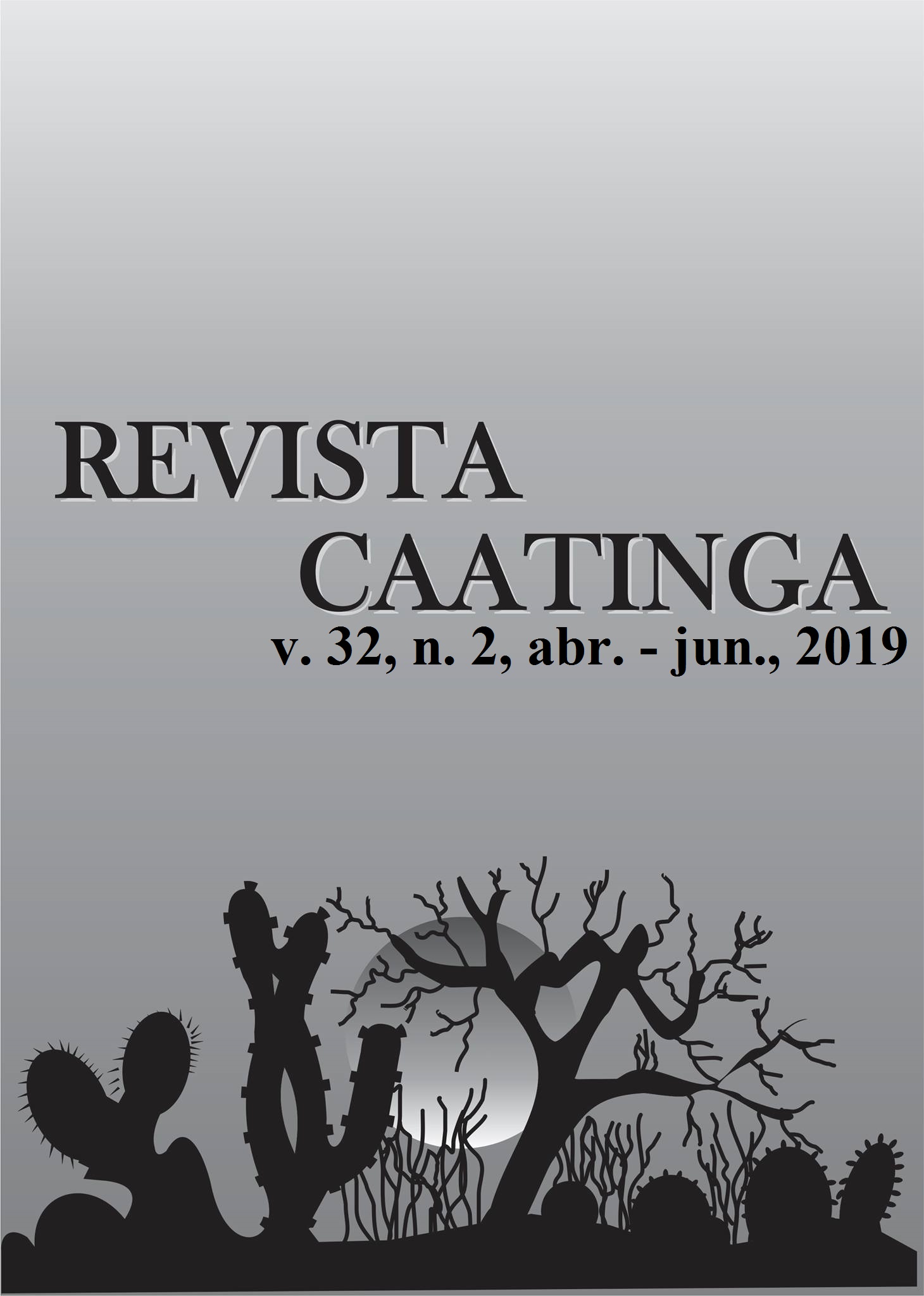EFFECTS OF COMPETITION AND WATER DEFICIT ON SUNFLOWER AND WEED GROWTH
DOI:
https://doi.org/10.1590/1983-21252019v32n204rcKeywords:
Helianthus annuus. Amaranthus spinosus. Waltheria indica. Water stress. Interference.Abstract
In the agricultural environment it is common the occurrence of biotic and abiotic stress, such as weed interference and soil water deficit. The understanding of this interaction may contribute to the development of efficient weed management strategies. In this way, the objective of this work was to evaluate the effects of competition and water deficit on the growth of sunflower and weeds. The experiment was carried out in a randomized block design, with four replications. The treatments were arranged in factorial 5x2, with the first factor corresponding to the competition arrangements between the species (sunflower + W. indica; sunflower + A. spinosus; sunflower, W. indica and A. spinosus in monoculture), and the second of water regimes (irrigated and water deficit). The water deficit was established when the sunflower plants had six expanded leaves - V6 stage and maintained until the rate of CO2 assimilation of the plants reached values close to zero (6 days), when irrigation was resumed. Competition between plants reduced the growth of sunflower, W. indica and A. spinosus. The species W. indica and A. spinosus aggravated the negative effects of water deficit on sunflower growth. The water deficit did not affect the growth of the specie W. indica. A. spinosus was more competitive with sunflower than W. indica.
Downloads
Downloads
Published
Issue
Section
License
Os Autores que publicam na Revista Caatinga concordam com os seguintes termos:
a) Os Autores mantêm os direitos autorais e concedem à revista o direito de primeira publicação, com o trabalho simultaneamente licenciado sob a Licença Creative Commons do tipo atribuição CC-BY, para todo o conteúdo do periódico, exceto onde estiver identificado, que permite o compartilhamento do trabalho com reconhecimento da autoria e publicação inicial nesta revista, sem fins comerciais.
b) Os Autores têm autorização para distribuição não-exclusiva da versão do trabalho publicada nesta revista (ex.: publicar em repositório institucional ou como capítulo de livro), com reconhecimento de autoria e publicação inicial nesta revista.
c) Os Autores têm permissão e são estimulados a publicar e distribuir seu trabalho online (ex.: em repositórios institucionais ou na sua página pessoal) a qualquer ponto antes ou durante o processo editorial, já que isso pode gerar alterações produtivas, bem como aumentar o impacto e a citação do trabalho publicado (Veja O Efeito do Acesso Livre).







